Non-Newtonian Carreau Fluid CFD: A Fluent Tutorial on Shear-Thinning
Non-Newtonian Carreau Fluid CFD: A Fluent Tutorial on Shear-Thinning
- Upon ordering this product, you will be provided with a geometry file, a mesh file, and an in-depth Training Video that offers a step-by-step training on the simulation process.
- For any more inquiries regarding the product, please do not hesitate to reach out to us at info@CFDLAND.com or through our online support assistant.
€145 Original price was: €145.€105Current price is: €105.
Many fluids we use every day, like ketchup or paint, are non-Newtonian. This means they don’t behave like water. Carreau fluids are a special type of non-Newtonian fluid. They have a property called shear-thinning, which means they get thinner and flow more easily when you stir them or push them through a pipe. Understanding how these fluids move is very important for industries that make food, medicine, and plastics. The Carreau model is a special equation that helps engineers predict how these fluids will act. This Non-newtonian Carreau Fluid CFD study uses computer simulation to model this behavior and checks the results against known science to make sure our model is correct [1].
Reference [1]: Sochi, Taha. “Using the Euler–Lagrange variational principle to obtain flow relations for generalized Newtonian fluids.” Rheologica Acta 53 (2014): 15-22
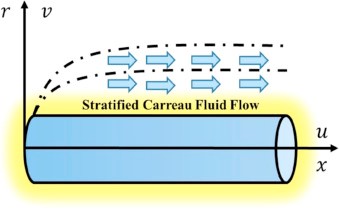
Figure 1: A diagram illustrating the flow of a Non-newtonian Fluid in a pipe, the focus of this CFD analysis.
Simulation Process: CFD Modeling, Meshing and Defining the Carreau Fluid in Fluent
We started by creating a 2D model of the pipe. To get very accurate results, we used ICEM to create a high-quality, structured grid made of 45,360 hexagonal cells. Because the flow is slow, we know it is laminar, so we set the solver for this condition. A key step was defining the fluid’s special properties. Luckily, ANSYS Fluent has a built-in Carreau viscosity model. This made it easy to tell the software exactly how the fluid’s thickness changes with flow speed, which is the most important part of a Carreau CFD simulation.
Post-processing: CFD Analysis, Visualizing Shear-Thinning and Pressure Drop
The velocity contour provides a professional visual of how a Carreau fluid moves. Unlike water, which forms a perfect parabola shape, this fluid creates a much flatter velocity profile in the center of the pipe. The speed ranges from 0 m/s at the walls to a maximum of 443 m/s in the middle. This special flattened shape happens because of the fluid’s shear-thinning property. Near the walls, where the fluid is being pushed the hardest, it becomes thinner and flows more easily. This allows the fluid in the center to move together like a solid plug, creating the flat profile we see in this professional contour.
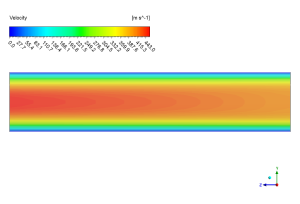
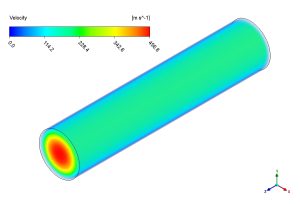
Figure 2: Velocity profile from the Non-newtonian Carreau Fluid Fluent simulation, showing the characteristic flattened shape due to shear-thinning.
The pressure contour explains what drives the fluid through the pipe. The pressure is highest at the pipe inlet and then drops steadily as the fluid moves towards the outlet. This pressure drop is needed to overcome the friction between the fluid and the pipe walls. Our simulation correctly shows this pressure decrease along the length of the pipe. The highest pressure forces are seen at the entrance, which is expected as the flow begins to move and develop. This information is critical for engineers who need to choose the right pump for moving thick, non-Newtonian materials. The most important achievement of this simulation is the accurate prediction of the characteristic flattened velocity profile, which directly validates our CFD model against the established theory of Carreau shear-thinning fluids.
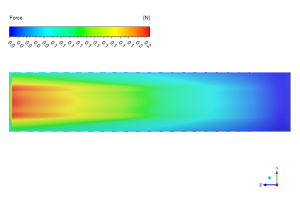
Figure 3: Pressure distribution in the pipe from the Non-newtonian Fluid CFD analysis, showing the pressure drop that drives the flow.
We pride ourselves on presenting unique products at CFDLAND. We stand out for our scientific rigor and validity. Our products are not based on guesswork or theoretical assumptions like many others. Instead, most of our products are validated using experimental or numerical data from valued scientific journals. Even if direct validation isn’t possible, we build our models and assumptions on the latest research, typically using reference articles to approximate reality.
Yes, we’ll be here . If you have trouble loading files, having technical problems, or have any questions about how to use our products, our technical support team is here to help.
You can load geometry and mesh files, as well as case and data files, using any version of ANSYS Fluent.
€140 Original price was: €140.€125Current price is: €125.

€110 Original price was: €110.€95Current price is: €95.

€195 Original price was: €195.€145Current price is: €145.

€165 Original price was: €165.€125Current price is: €125.

€180 Original price was: €180.€99Current price is: €99.

€205 Original price was: €205.€155Current price is: €155.





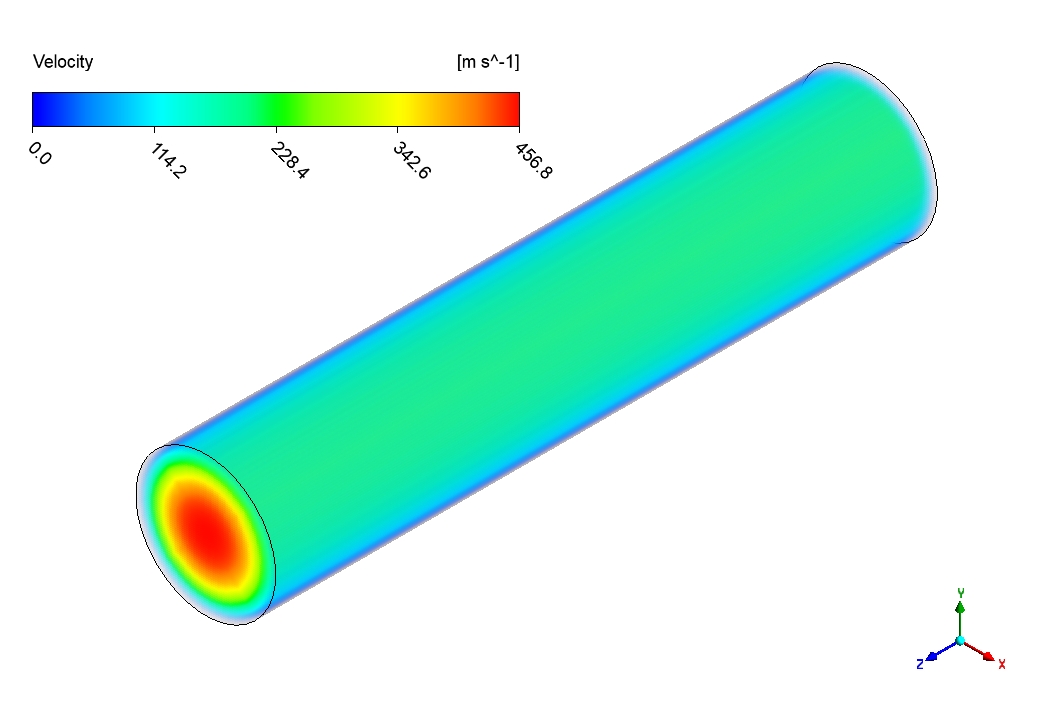










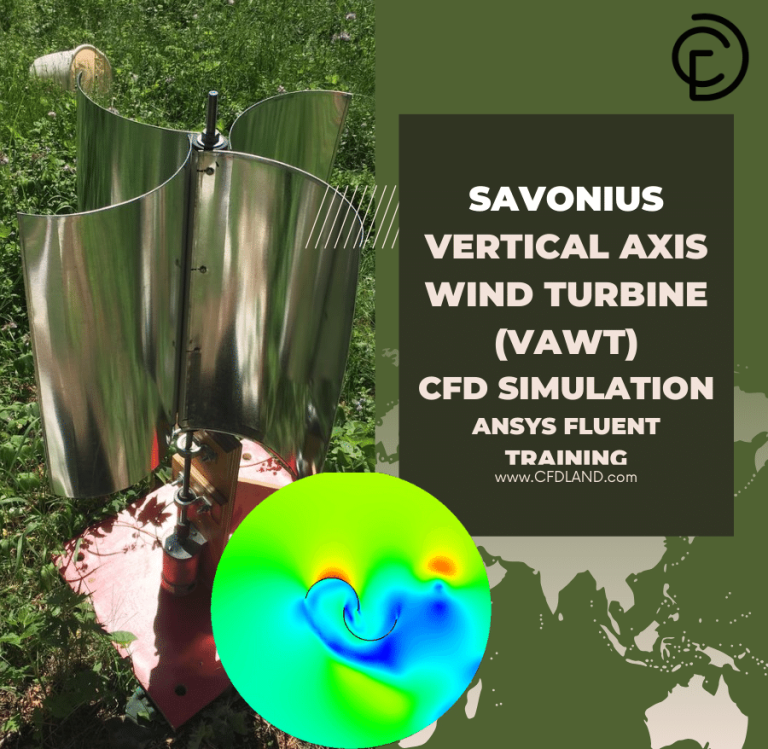
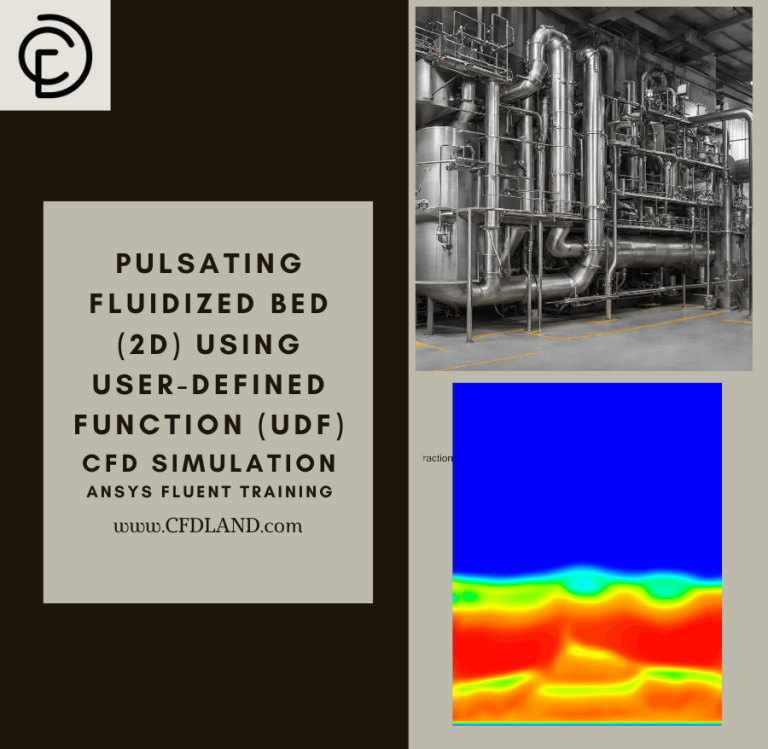
Reviews
There are no reviews yet.